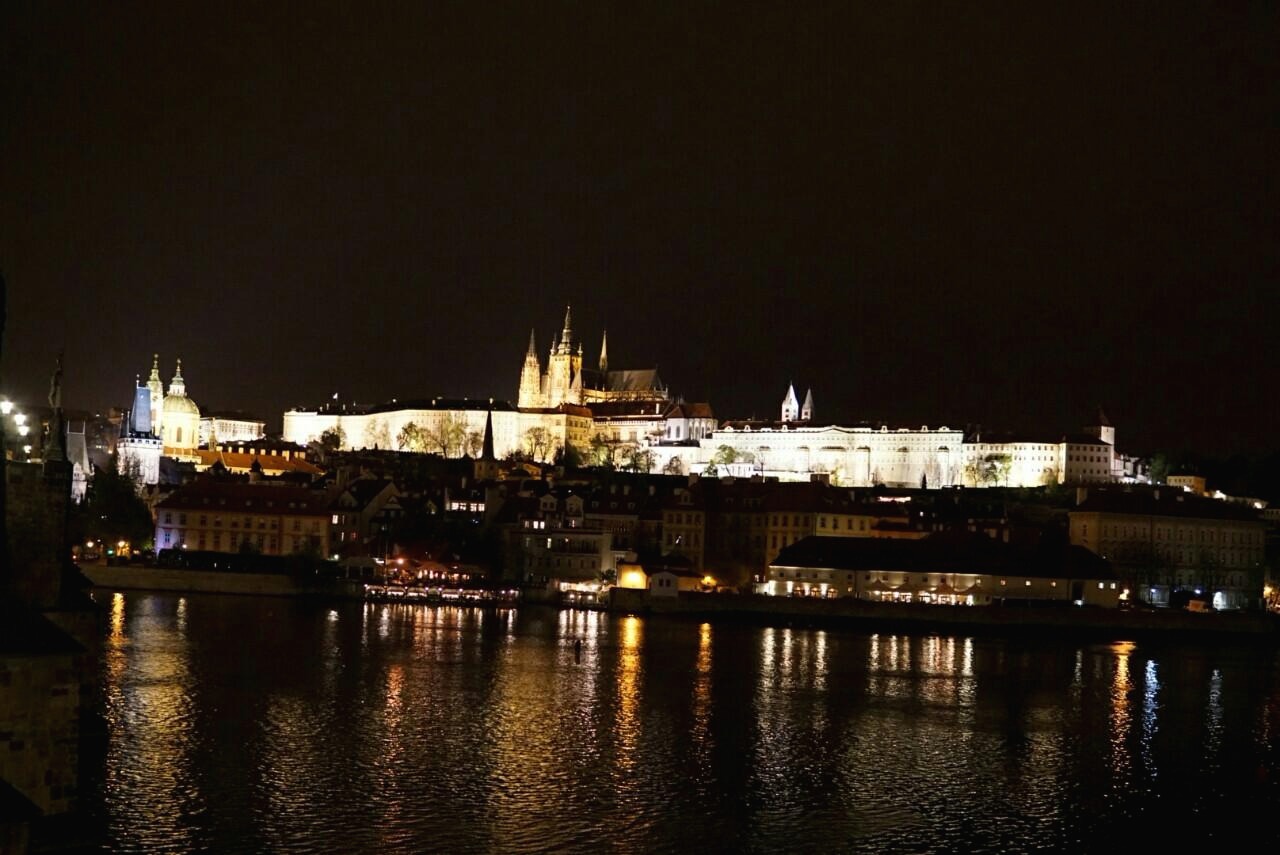잃어버린 도시 '폼페이' / The lost city of Pompeii
<The lost city of Pompeii>
A volcano named Mount Vesuvius erupted in Italy in 79 A.D. The eruption swept through the Roman city of Pompeii. For 18 hours, burning ash fell on the city. By the end, it was three meters deep, and 2,000 people were dead. Afterwards, Pompeii lay hidden for over 1,600 years.
서기 79년 이탈리아, 베수비우스 산이라 불리는 화산이 분출되었다. 그 폭발은 로마 도시 폼페이의 전역을 휩쓸었다. 18시간 동안 불타는 재가 도시로 떨어졌고, 후추 그 재의 깊이는 3미터에 달했다. 그리고 2천명의 사람들이 사망했다. 이 후 폼페이는 1600년이 넘도록 감추어져 있었다.
In 1748, a group of archaeologists discovered Pompeii beneath a thick layer of dust and volcanic debris. They found the ruins of houses, market places, and some human bones. They also saw interesting empty spaces within the debris. The archaeologists poured plaster into them. The results were amazing human-shaped plaster casts. Many have their arms above their heads to protect themselves. Some have fear on their faces.
1748년 한 무리의 고고학자들이 두꺼운 먼지층과 화산의 잔해 아래에서 폼페이를 발견했다. 그들은 망가진 집, 장터, 그리고 사람의 뼈를 발견했다. 또한 그들은 잔해속에서 비어있는 흥미로운 공간을 발견했다. 고고학자들은 그 공간안에 플라스터를 부었고, 그 결과는 놀랍게도 인체 모양의 석고 모형이었다. 많은 모형들이 자기자신을 보호하기 위해 손을 머리 위로 올린채 였으며, 그중 몇몇의 얼굴에는 두려움이 차 있었다.

Each year, thousands of tourists travel to Pompeii. They walk around the ancient city and visit exhibitions of the human plaster casts. The plaster casts show the tragedy of Pompeii. Seeing them is a moving experience that nobody can forget.
매년, 수 천명의 관광객들이 폼페이를 여행한다. 그들은 고대 도시를 걷고, 사람 모형의 석고 전시를 관람한다. 이 플라스터 모형은 폼페이의 비극을 보여준다. 그것들을 보는 것은 누구도 잊을 수 없는 경험이다.
'Lang > - Eng_Reading' 카테고리의 다른 글
| 캘리그라피의 예술 / The Art of Calligraphy (0) | 2018.01.18 |
|---|---|
| 동물의 놀라운 시력 / Animals’ Amazing Eyesight (0) | 2018.01.16 |
| 눈 건강 챙기기 / Healthy Eyesight (0) | 2018.01.15 |
| 바비 인형 : 세계에서 가장 유명한 인형 (0) | 2018.01.15 |
| 인체 모형의 다양한 사용 / The Many Uses of Dummies. (0) | 2018.01.15 |









